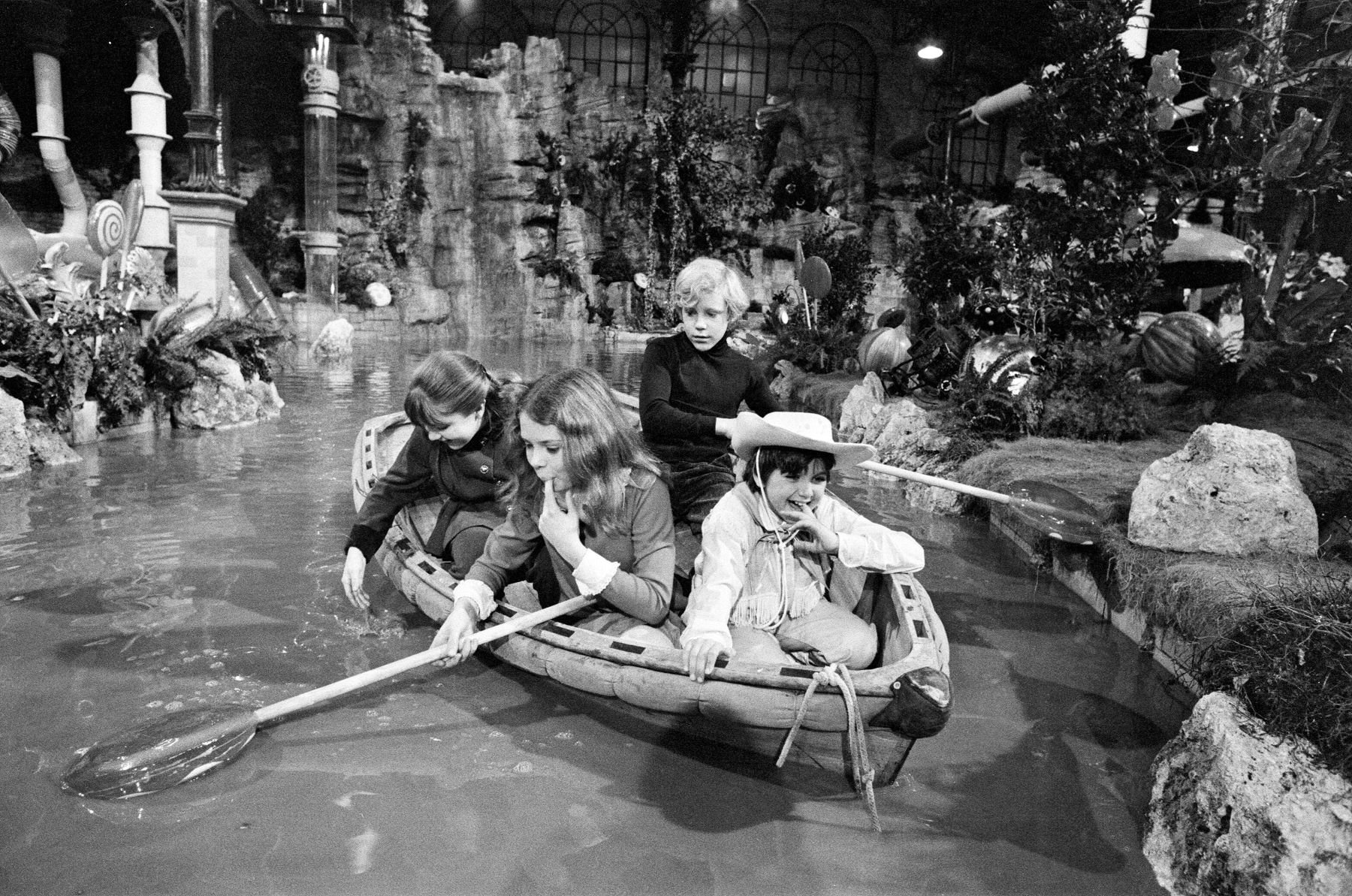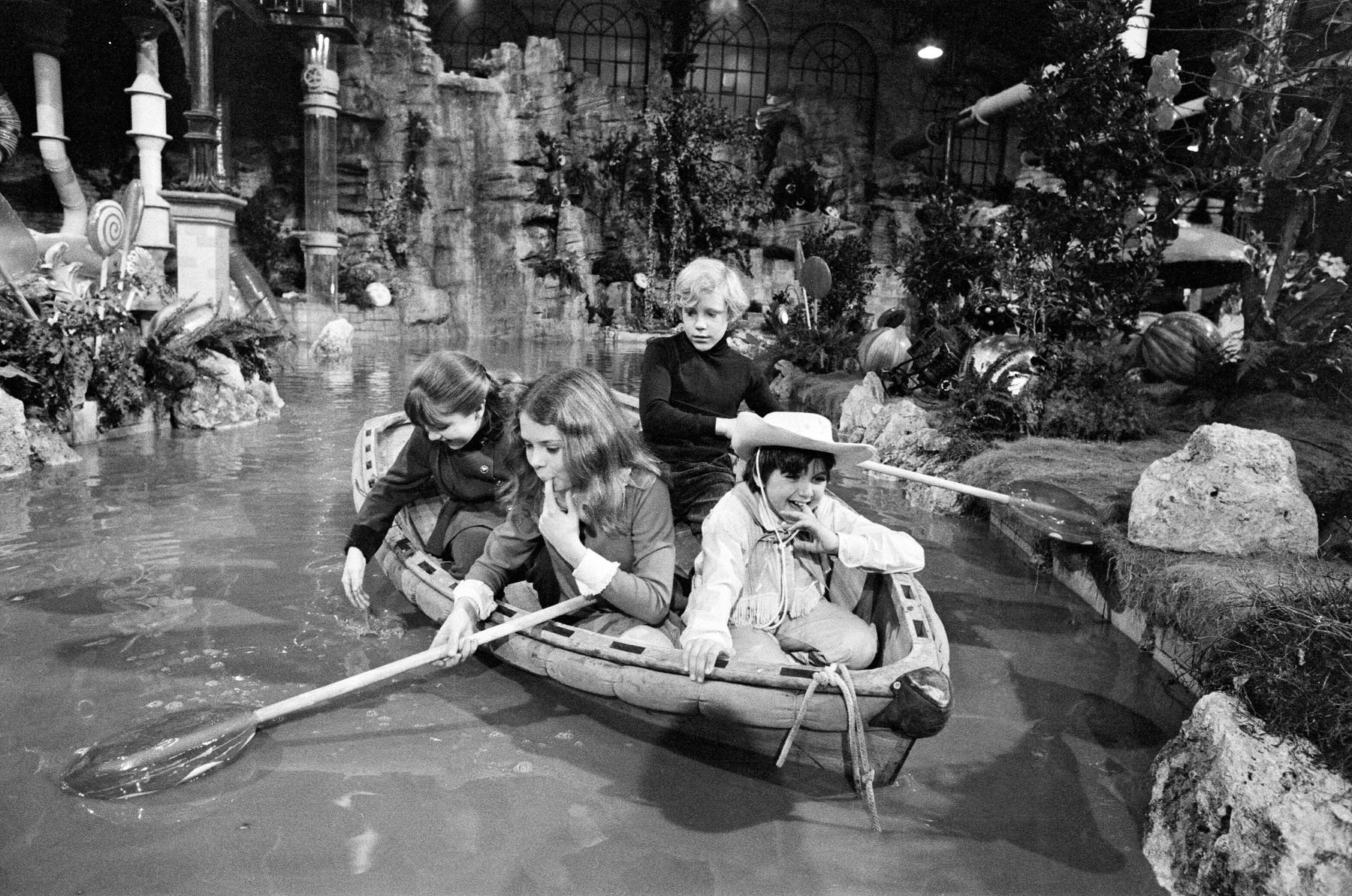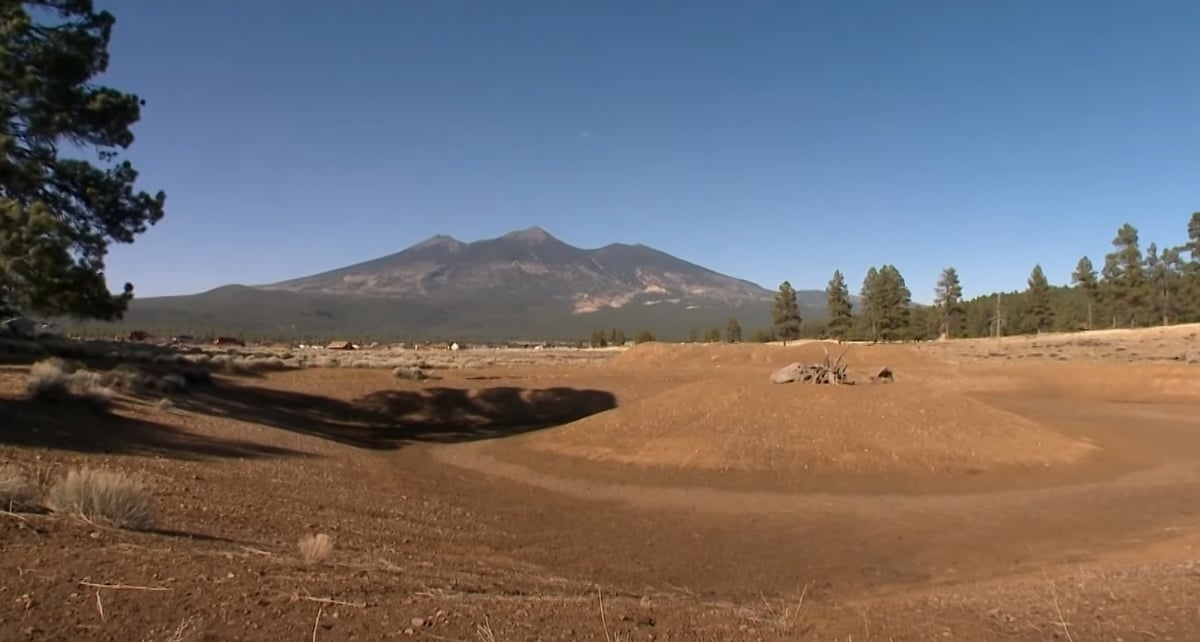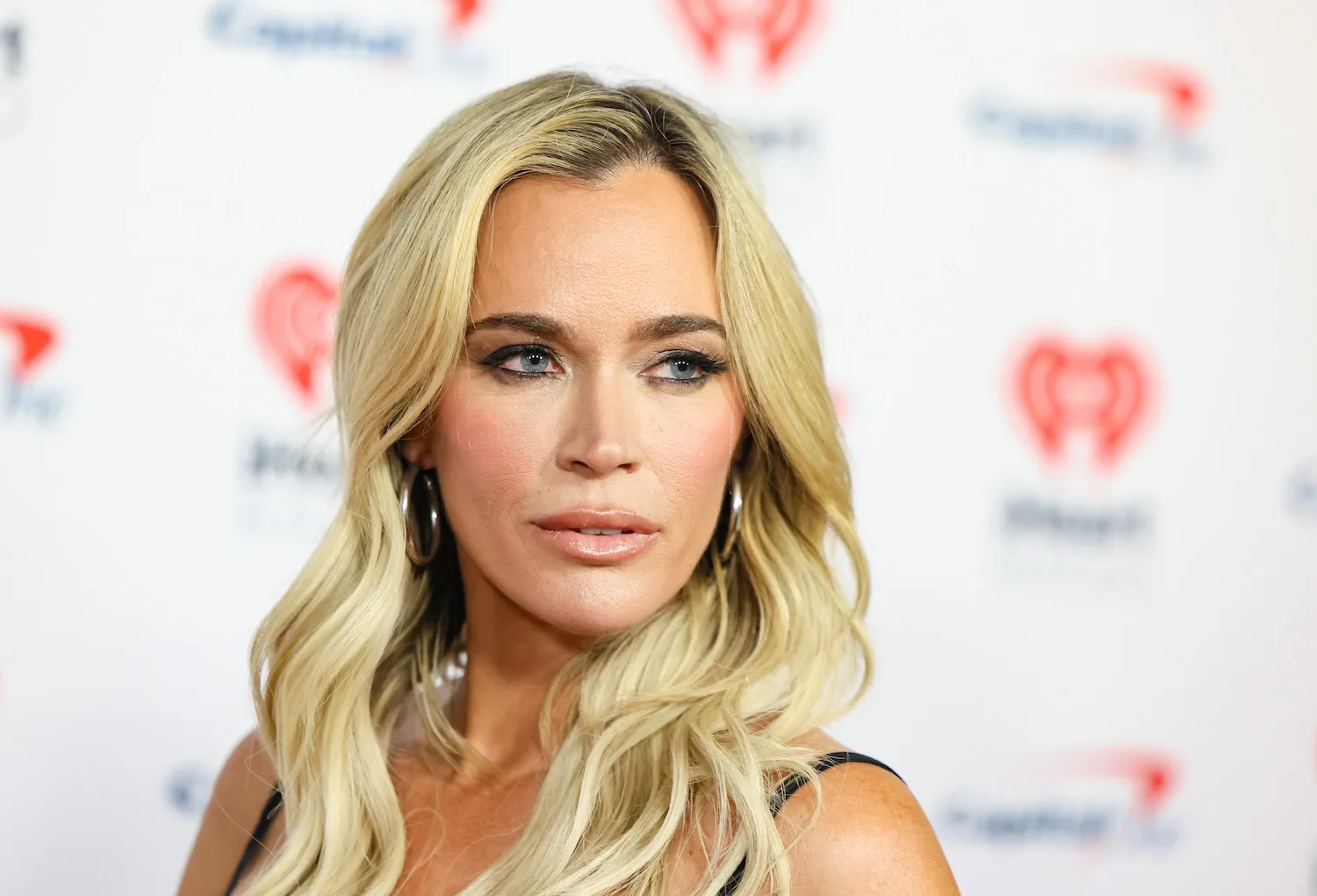
Why ‘Willy Wonka and the Chocolate Factory’ Was Filmed in Munich, Germany
The 1971 film Willy Wonka & the Chocolate Factory is a beloved classic. The movie’s expert adaptation of Roald Dahl’s book is remembered fondly for its breathtaking visuals, iconic characters, and whimsical story, all of it held together by what’s often hailed as one of Gene Wilder’s greatest performances as the titular Wonka. Much of the film’s most alluring elements come from its slightly off-kilter production. Case in point: where the movie was shot and why that decision was made.
The budget and the director’s vision explain why ‘Willy Wonka’ was shot in Germany

Willy Wonka & the Chocolate Factory was shot in Munich, Germany, a location not often utilized by filmmakers. Keen-eyed viewers can spot a few German signs hanging around in the background of some shots. The reason why this decision was made, though, is a more interesting story, as BuzzFeed described in an article about the movie’s behind-the-scenes secrets.
For starters, it was pretty cheap to shoot there compared to more conventional locations like Los Angeles or New York. The studio only gave the movie a $3 million budget. While a 1970 dollar goes much further than a 2022 dollar, that was still a tiny amount of money for a movie. Filming in Munich was just the easiest way to save on any scenes set outside the factory.
Money wasn’t the only reason, however. Director Mel Stuart wanted to film in Munich because “nobody knows what Munich looks like.” He’s not exactly wrong in that regard. Few Hollywood movies are set in Germany, let alone shot there. Shooting the film there lent it an almost magical quality, even in scenes that should be pretty mundane.
Many of the iconic parts of the film also have interesting explanations
While the film’s location is one of the more prominent aspects of the film’s exciting production, plenty of other things also have similar origins. The BuzzFeed article from before breaks down some of these.
For starters, there’s arguably the most memorable moment in the entire movie. The factory’s inner doors opening up to reveal the wondrous Chocolate Room is a scene on par with the transition from black and white to color in The Wizard of Oz. The looks of amazement on the actors’ faces weren’t even acting, as the director kept everyone from seeing the room before that scene was filmed.
Keeping the actors in the dark for more genuine reactions was a running theme for the movie. The gondola ride that gave so many kids nightmares was also sprung on the actors, as was Willy Wonka seeming to collapse during his introduction (itself a suggestion of Wilder’s). Additionally, Wonka’s screaming fit in his office at the end of the movie wasn’t rehearsed, with Wilder desperately wishing to tell the young Peter Ostrum ahead of time.
‘Willy Wonka’ was well-received when it was first released and has only gotten more popular
When Willy Wonka & the Chocolate Factory came out in 1971, critics and audiences generally seemed to like it. That said, it would take some time before it reached the legendary acclaim it has now. While near-universal praise was given to Wilder as Wonka, most considered it to be a nice enough kids’ movie and little more. By the end of its original theatrical run, it only made around $4 million, barely surpassing its budget and potentially losing money when one factors in the cost of things like marketing.
However, after several years of home release and TV reruns, the movie eventually became a certified classic. These days, it holds a well-earned 91% on Rotten Tomatoes. Its legacy as one of the all-time greats invariably spawned a remake in the mid-2000s, plus an upcoming prequel.
Notably, the book’s author was one of the film’s harshest critics. Dahl was originally the film’s writer and is even credited as such, but major rewrites were done after the fact by an uncredited David Seltzer. This displeased him so much that he ended up disowning the movie entirely.


